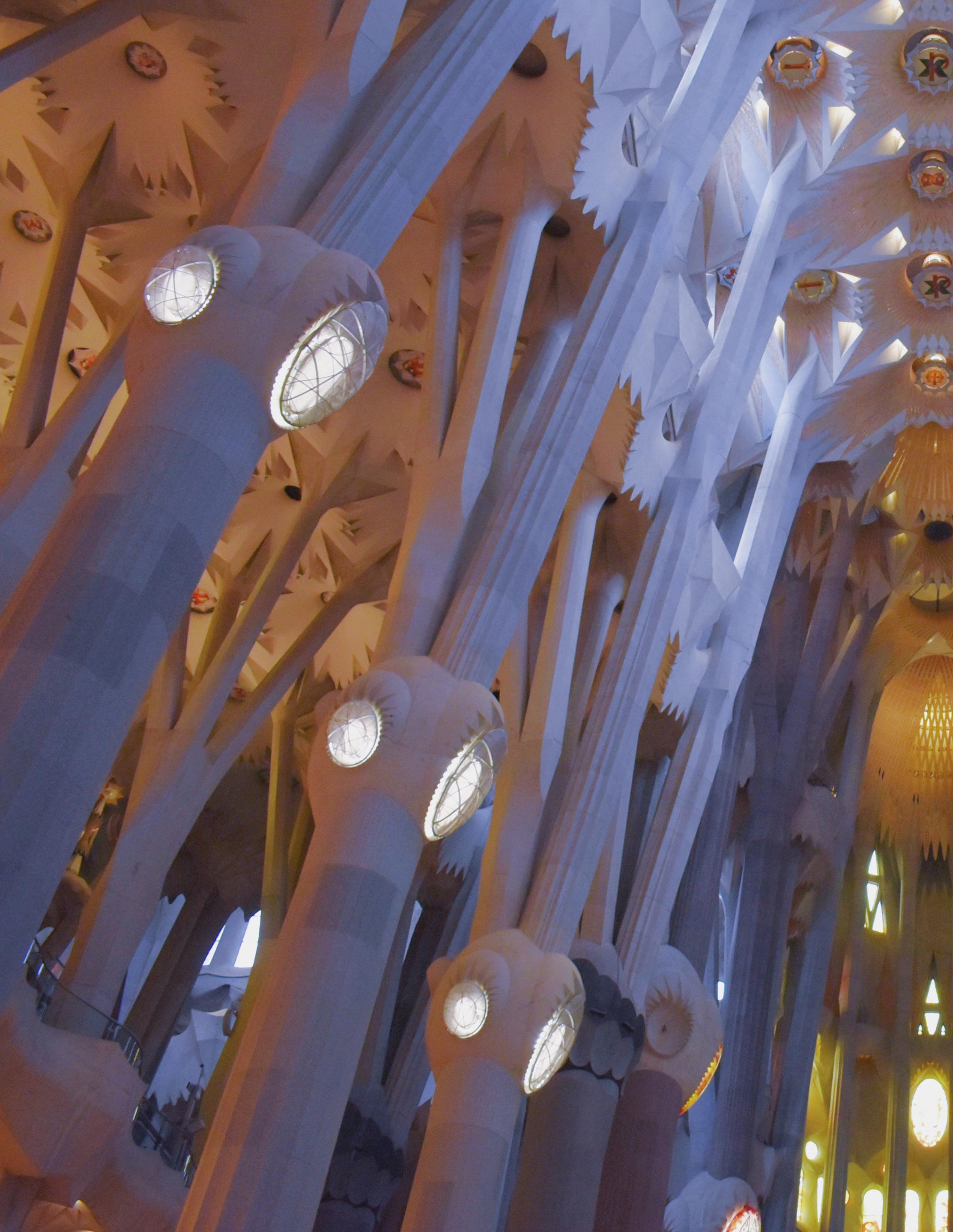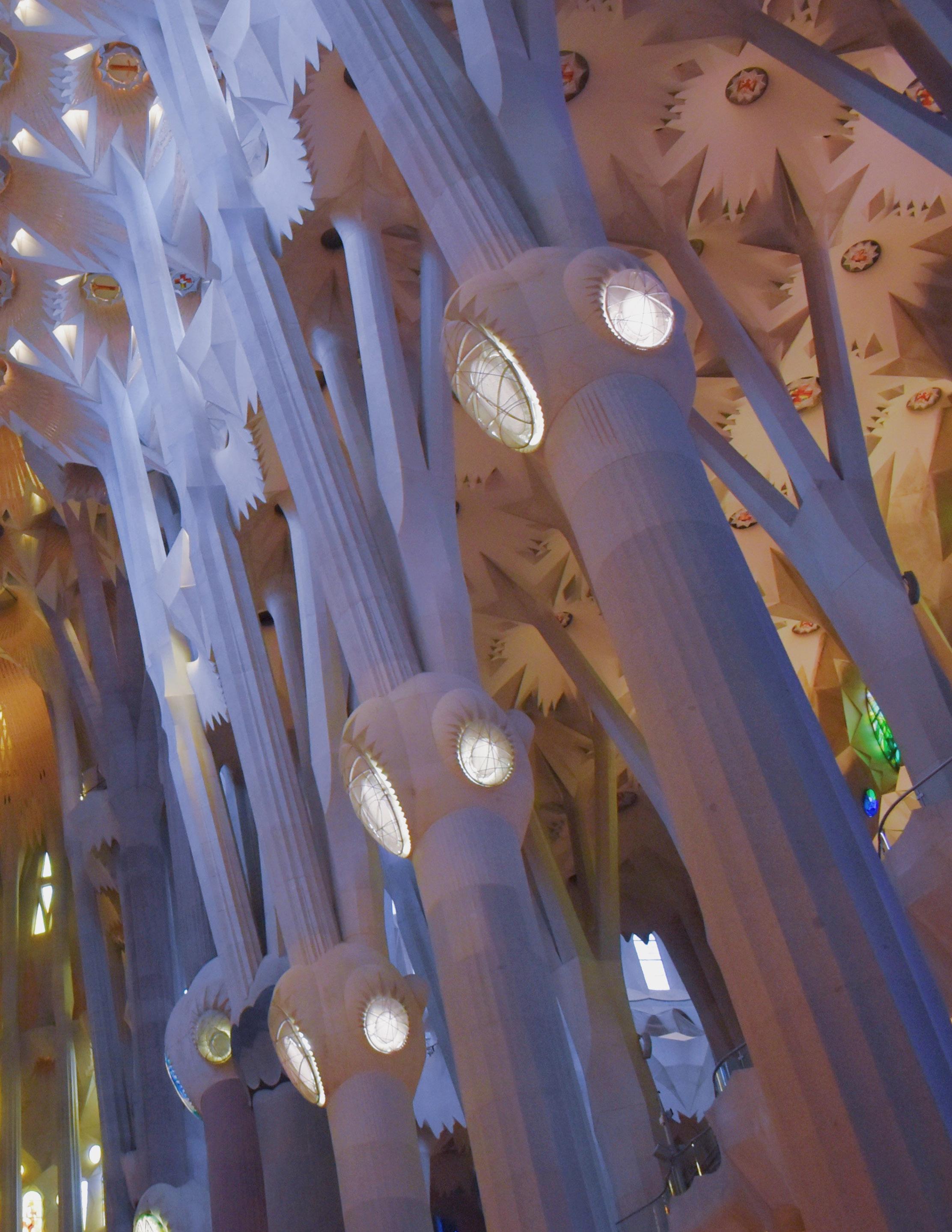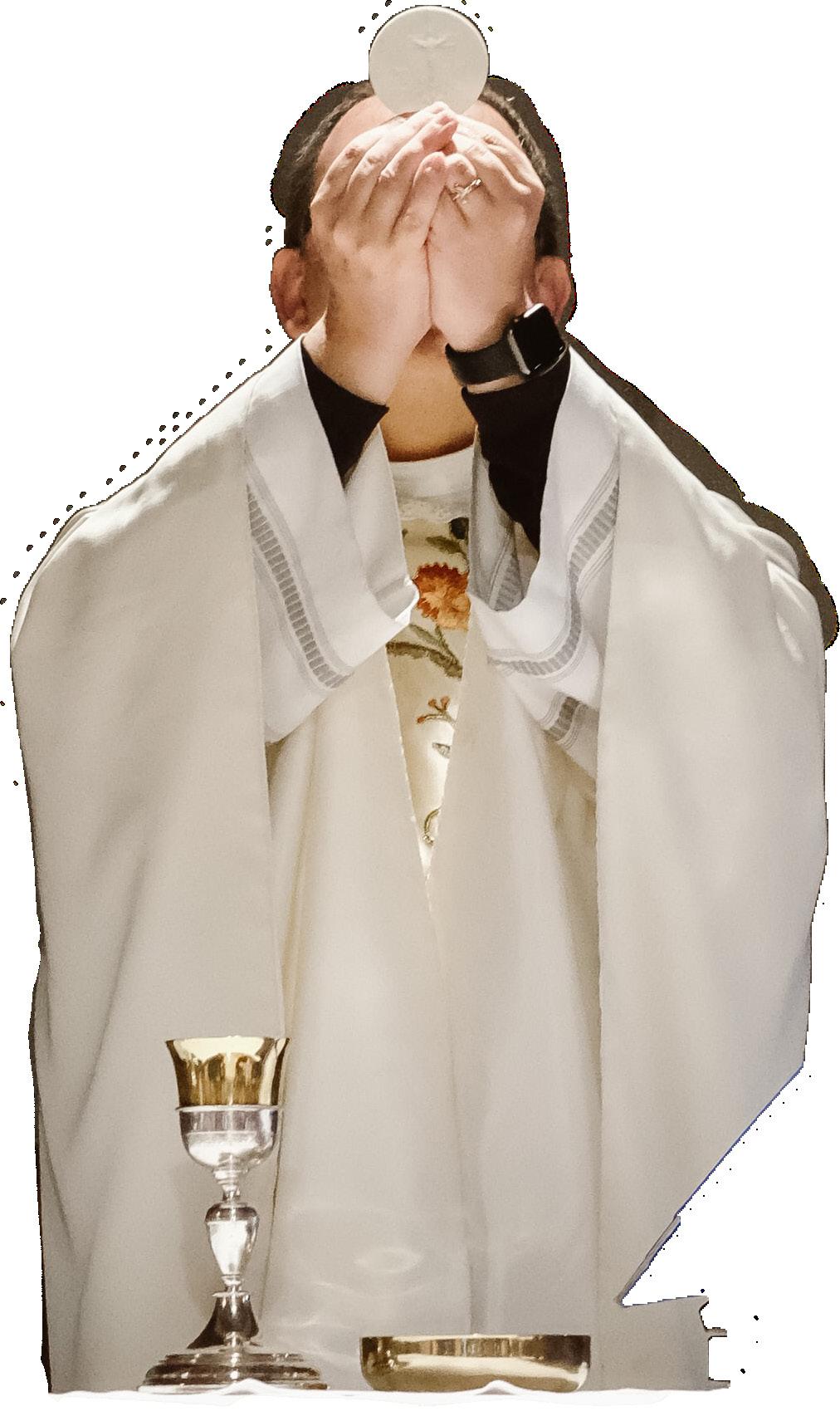
16 minute read
matic Renewal
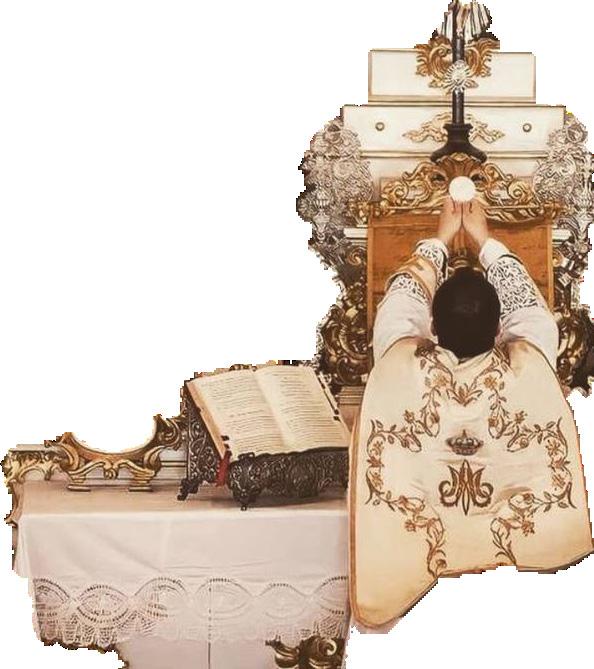
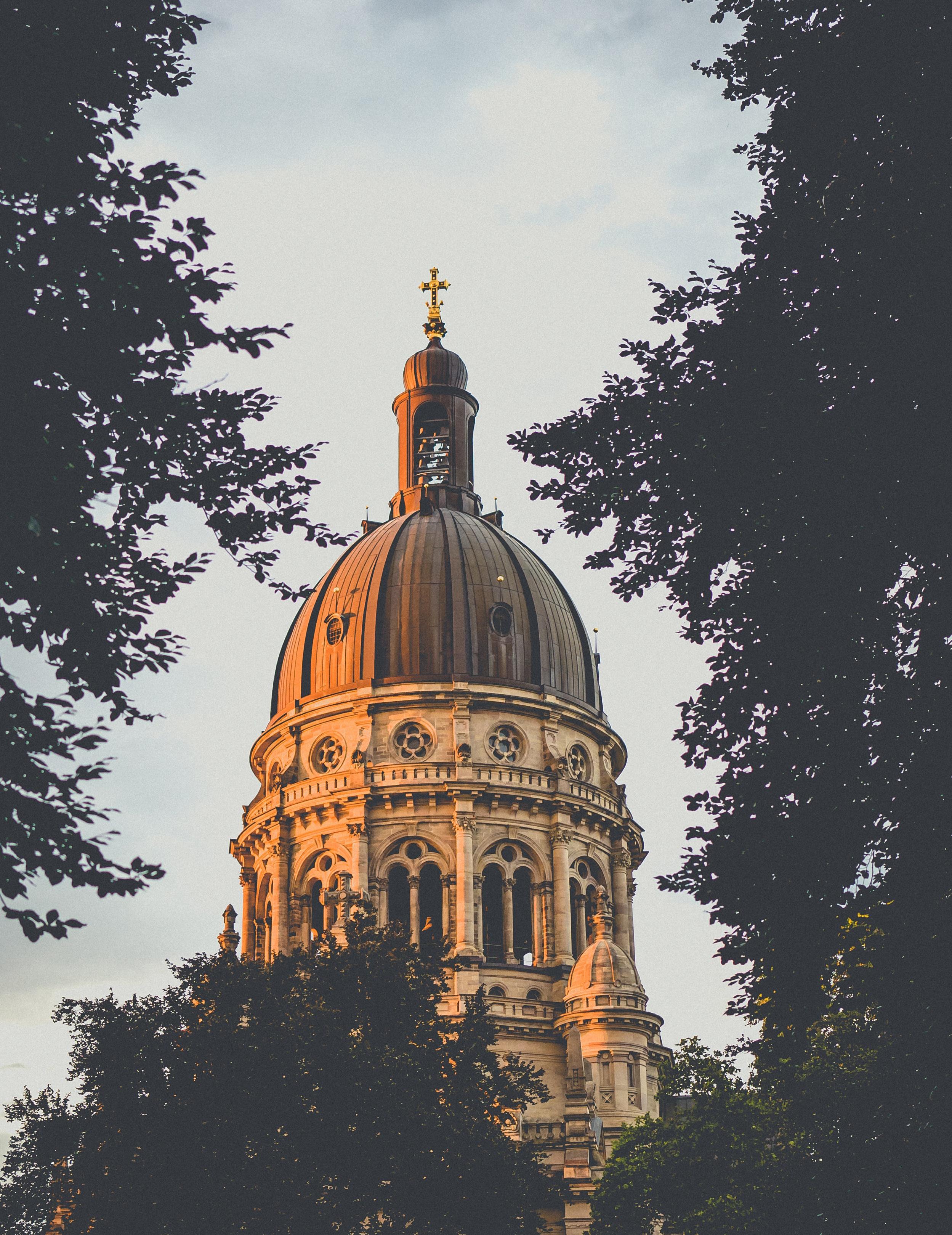
Advertisement
CATHOLIC TRADITIONALISM
by GERARD ADAMS '23
This article is meant to get people thinking about the Catholic mode of pursuing the spiritual life. Writing about something like this, which cuts so close to who we are and are meant to be, will inevitably lead to discomfort and even disagreement. Additionally, the depth of this topic cannot be plumbed in three pages. These pages will not be and are not meant to be authoritative. Please, dear reader, think of my objections to the charismatic movement as doubts, not as insults or angry accusations. 1
Broadly speaking, at its core, Catholic spirituality is grounded in the worship of God in the Sacrifice of the Mass and the reception of the other sacraments. For a Traditionalist especially, the development in the spiritual life through the Mass is most often joined to the practice of praying the Rosary. Beyond this, the Catholic forms his spiritual life by the pious use of sacramentals and the practice of other private devotions. For any Catholic, it is important to immerse oneself in the life of the Church. To be conscious of the Feasts of the Saints, to pay attention to the sermons, to engage in traditional customs, to make sacrifices, to build virtue, to learn the unchanging doctrines of our Faith, to read the Scriptures: these are the means by which a person becomes closer to God. Catholic spirituality is astonishingly broad in its substance; there are a number of charisms that fall under the umbrella of Catholic spiritual life. One could differentiate even more and distinguish modes of the pursuit of the Spiritual Life in Catholic history. However, for our purposes, it is sufficient to draw out only the basics.
It seems that proponents of the charismatic movement believe that a person needs to experience a “baptism of the Holy Ghost.”2 As a result of this action of the Spirit, a dynamic experience or relationship is formed. This Baptism is distinct from the sacramental Baptism of Water experienced in early babyhood. Signs of this personal experience or relationship with the Holy Spirit manifest as charismatic gifts. Some of these gifts include Healing, Tongues (glossolalia), Prophecy, and Miracles. For Charismatic Catholics, a constant and growing personal relationship with the Holy Spirit is the goal. It must be affirmed here that there is nothing wrong with feeling good about the Catholic Faith. There is nothing wrong with being exuberantly joyful in the expression of Faith. If to be charismatic merely is to strive to joyfully live out the mission of the Gospel with a special devotion to the Holy Spirit, then there is nothing wrong with charismatic spirituality.
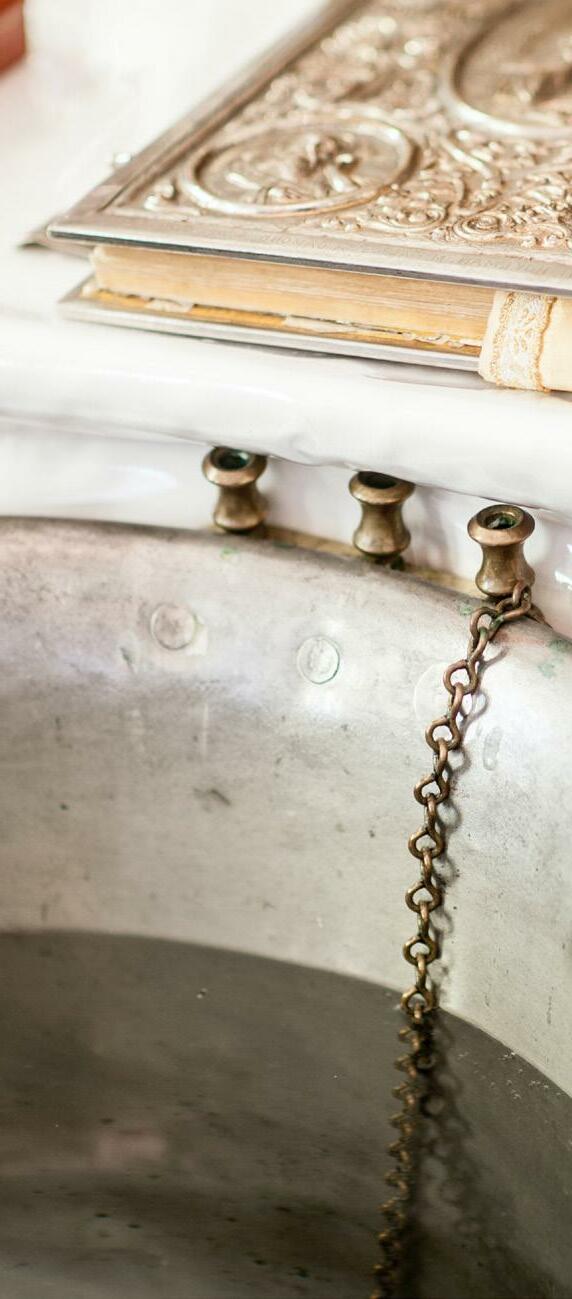
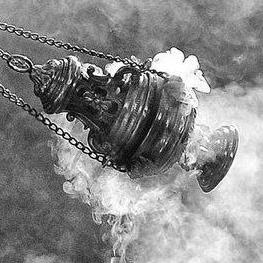
So, what, if any, contrast can be found with this innocuous vision of the spiritual life in the Charismatic Movement? To begin the objections drawn broadly and anecdotally, the movement echoes Protestant spirituality. It often adopts or incorporates a style of prayer reminiscent of its Protestant roots. The members tend to give up the word Catholic in favor of the word Christian. The members usually rely heavily on Scripture and significantly less on Tradition. The members have an immense appreciation for deep feelings and less appreciation for extremely abstract Scholastic teaching. The members have a great desire to imitate the Early Church and seem to almost entirely forget all that came after until the Council. The members idolize Charity and lessen the place of Justice. They champion unity and love the idea of Truth but forget that systematic compromise is a poor substitute for unity and Truth does not welcome error. In other words, the problems with the Catholic charismatic movement seem to chiefly consist in matters of emphasis and tendency, not in outright error.3
The Charismatic Renewal, when contrasted with older Catholic spirituality, presents a radical shift in the practice of the spiritual life. It presents a new emphasis, sometimes coupled with entirely novel additions to the Catholic way of life. For example, the charismatic renewal, both its Protestant contingent and the Catholic equivalent, emphasize communal prayer and the charismatic gifts. An emphasis on communal prayer is not misplaced. The Mass is the communal prayer of the Church. However, it seems that this Movement has placed its emphasis on a different mode of communal prayer much akin to how our Protestant enemies approach it. One might say that they adopt a meeting house style of prayer, which is not at all a surprise when one recalls that the Movement started as a Protestant one. Additionally, the belief that is held by many of the Charismatic Movement regarding the charismatic gifts should give one pause. Firstly, the speaking in tongues that is recorded in the Bible is altogether different then the experience of speaking in tongues known to Charismatics. Secondly, miracles are works of God and are generally considered to be a special, direct, and somewhat rare act of God. The saints on earth throughout our history would always avoid attributing miracles to any person other than God, often by the intercession of the Blessed Moth-
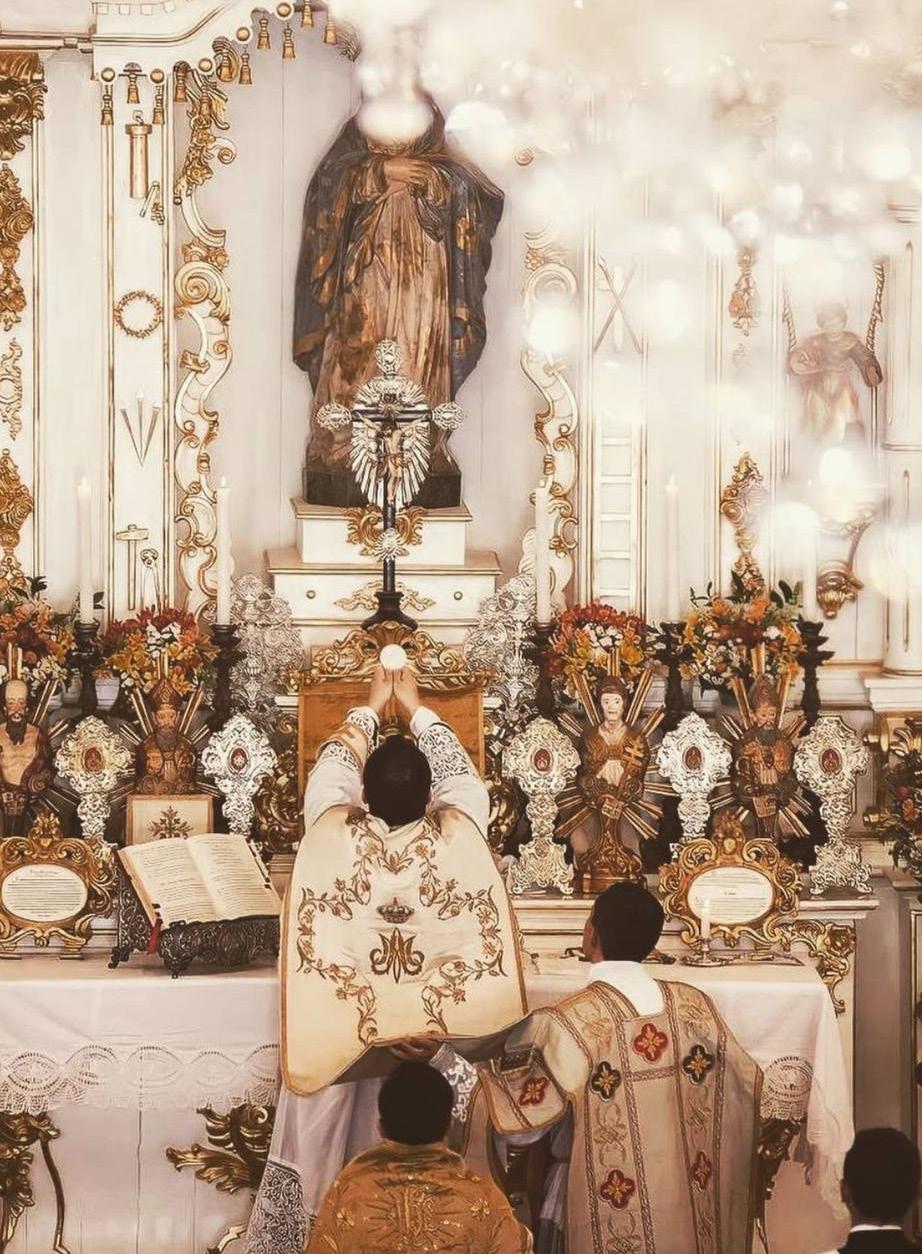
er, the Angels, or to the intercession of the Saints in Heaven. Yet, the charismatic system seems to understand the ability to work miracles differently. Miracles, in this understanding, are still thought of as gifts of God. But instead of the miracle being the gift, the power of miracles is the gift. This is a clear and novel shift in belief.
This is the moment to discuss briefly the notion of the emotional content of the Spiritual Life. A key factor in this discussion is the idea of spiritual consolation. In the Catholic understanding, consolations are gifts from God that often accompany growth in the spiritual life. Consolation plays a significant role in the spiritual writings of St. Ignatius of Loyola. Consolation may be found in prayer, in work, and even in recreation when one keeps the eternal reality of God in mind. It should be noted that consolation can seemingly have many sources. Because it is a felt personal experience deeply tied to the self, the good feeling that accompanies a God-given grace can accompany other experiences that come from the self or other human beings. This is why, even in the life of the saints, sometimes in a moment of temptation it is possible for the devil or the self to grant this experi“At its core, Catholic spirituality is grounded in the worship of God in the Sacrifice of the Mass and the reception of the other sacraments.”
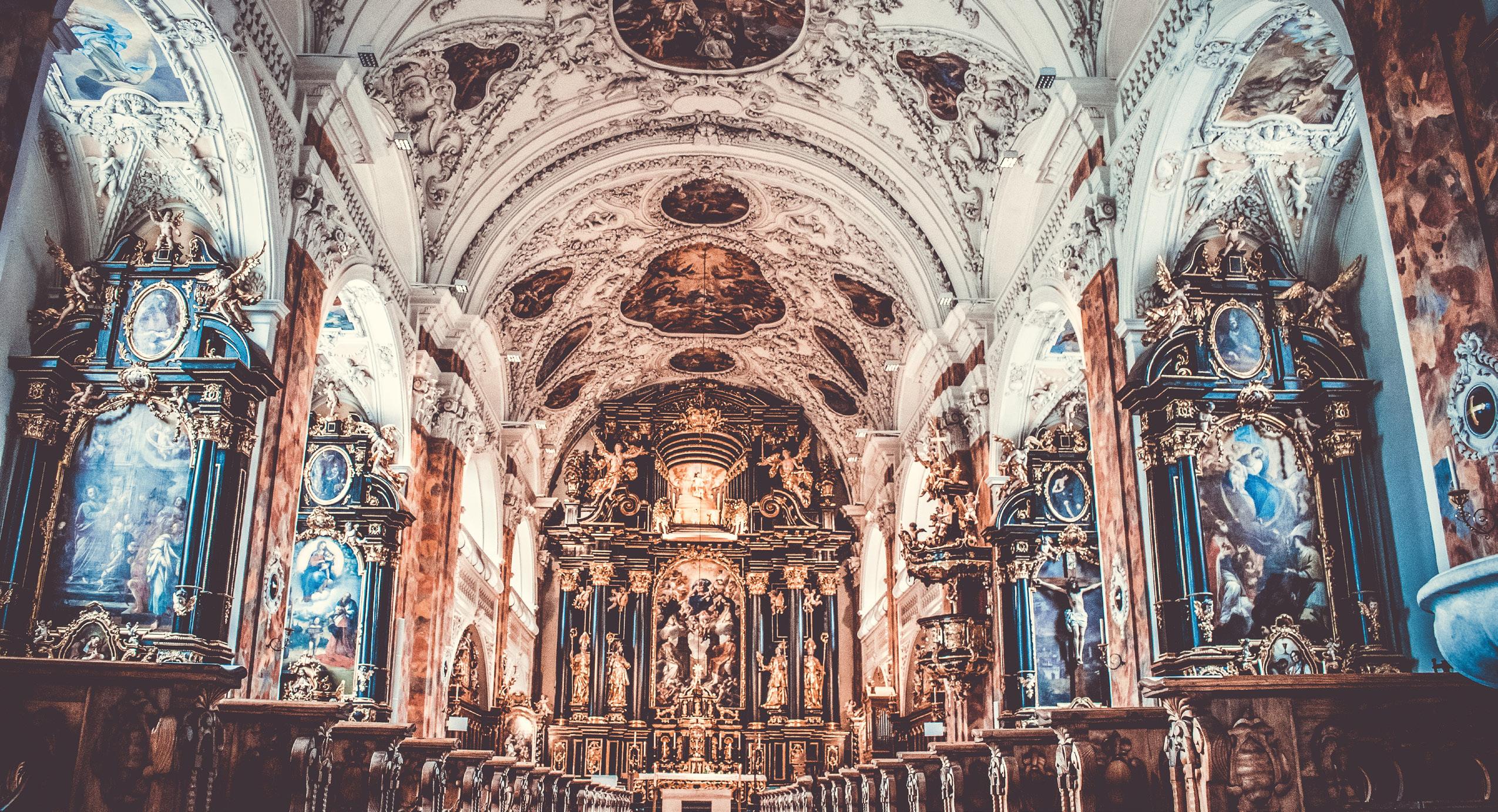
ence of consolation. These are sometimes referred to as false consolations. Therefore, consolation is never to be pursued for its own sake. There is an aspect of over-eager pursuit, indeed, even the expectation of the heights of consolation in The Movement. Unfortunately, the charismatic experience of consolation appears to be more vulnerable to a devolution into a sensual appreciation of the gifts of the Spirit. Charismatics are greatly tied to the emotional experience. This is an undue emphasis on only one part of the human being. It is dangerous because human emotions are incredibly open to manipulation.
In conclusion, it is safer for the spiritual well-being of Catholics everywhere to cleave to the established modes of spiritual progress. Taking these novel paths may feel good and may also do good for the individual, but, in the grand scheme of things, these movements weaken the Church. This happens through the dilution of the vigor of doctrine and the adoption of Protestant theory. We should avoid this.
See back cover for endnotes.

The Catholic Charismatic Renewal
by MICHAEL CENNA '22
“Now there are varieties of gifts, but the same Spirit; and there are varieties of service, but the same Lord; and there are varieties of working, but it is the same God who inspires them all in everyone ... All these are inspired by one and the same Spirit, who apportions to each one individually as he wills” (1 Corinthians 12: 4-11).
“Having gifts that differ according to the grace given to us, let us use them.”1 These are the words of Saint Paul, his command to respond to the Holy Spirit working through us. We, as children of God, are to respond to the gifts (or charisms) bestowed on each of us by the Spirit. This is the focal point of the Catholic Charismatic Renewal.
The National Service Committee, which is an organization of Catholic leaders within the Catholic Charismatic Renewal movement, asserts that its mission is “to foster the dynamic grace of baptism in the Holy Spirit which empowered the members of the early Church at Pentecost.” 2 In this movement, the “Holy Spirit is experienced as the power to serve and witness, to preach the Gospel in word and deed … in diverse ministries to the Church and the world … The renewal is characterized by a great love of the Church, a commitment to its inner order, its sacramental life, and to its teaching author-

ity.”3 The movement encourages a reception of the Holy Spirit not only for the renewal of personal relationships with Christ but also for the rejuvenation of community life in the Church.
Opposers to the Charismatic Renewal claim that it is based in Protestant Pentecostalism. It is true that there are similarities, and the way that these Pentecostal groups express their joy in the Spirit may have been some inspiration, but the Catholic Charismatic Movement is primarily rooted in Pauline theology and the New Testament. In fact, the movement began as a response to a collective experience of the charisms as presented in 1 Corthinians 12.
This movement is not based on anything new, nor is it opposed to Tradition. But here, a distinction must be made between "tradition" and Tradition. Tradition is the faith handed down from the apostles through the generations. It is not merely a collection of antique customs. For the Catholic Church, Tradition is a living, breathing thing, which stands firmly alongside Sacred Scripture. The Holy Spirit has been working through the Church and her individual members since the Church was founded by Christ. Speaking on the Charismatic Movement, Pope Benedict XVI stated that “what we learn in the New Testament on
charism, which appeared as visible signs of the coming of the Holy Spirit, is not a historical event of the past, but a reality ever alive.”4 Again, this is the basis on which charismatic spirituality was solidified as an organized movement within the Church. In addition to Pope Benedict XVI, Popes Paul VI, John Paul II, and most recently Francis have all lauded the Catholic Charismatic Renewal. John Paul II, in 1992, wrote, “At this moment in the Church’s history, the Charismatic Renewal can play a significant role in promoting the much-needed defense of Christian life in societies where Secularism and materialism have weakened many people’s ability to respond to the Spirit and to discern God’s loving call.”5
Arguments against the movement seem to be rooted in a misunderstanding of what the movement is, misuses within the movement, or simply discomfort in something that its opposers are not accustomed to. But this is not reason enough to discount the Charismatic Movement as a whole. One of the beautiful things about the Church is her diverse spiritualities and methods of prayer. We as members of the Church are not required to actively participate in every single spirituality that exists, but we should not look down on those who prefer different legitimate spiritualities. The Spirit bestows different charisms to each as God sees fit, so it is equally a blessing that God has given us different spiritualities as well.
As I began this article, so also will I end it with the words of Saint Paul: “To each is given the manifestation of the Spirit for the common good.”6 This was true in the time of Saint Paul, and it is true today. The Charismatic Renewal and the charismatic spirituality that accompanies it are a gift to the Church, and ought to be treated as such.
See back cover for endnotes.

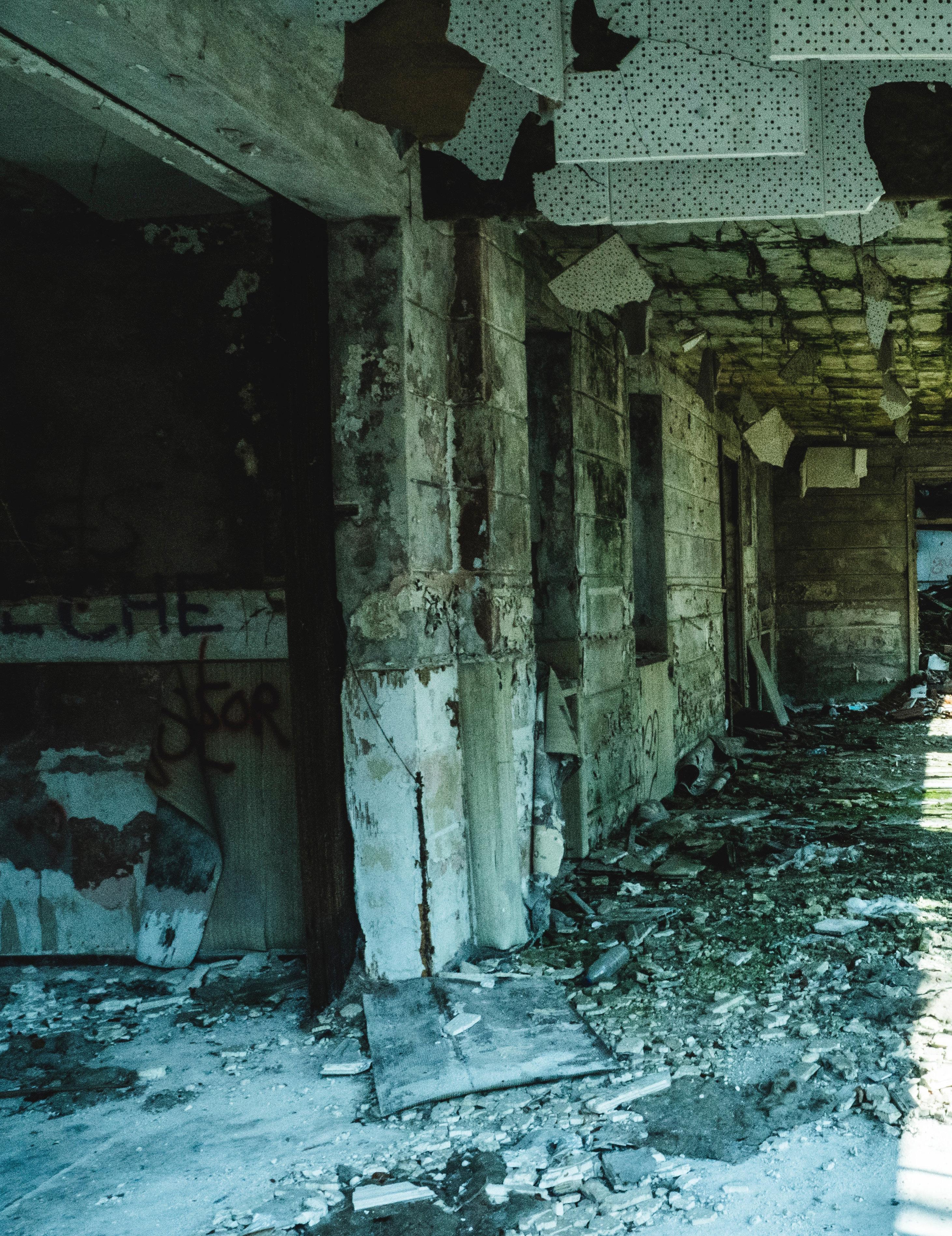

a holy WAR
by KEVIN FARLEY '24
On February 24th, 2022, the Russian Federation invaded the neighboring country of Ukraine in the largest military conflict in Europe since the 2nd World War. As news of the development of the invasion gripped the West, speculation about why Russian President Vladimir Putin would order such an invasion has dominated the conversation. Though the primary purpose of this article is not to discuss such elements, it is necessary to note that the conflict between Russia and Ukraine centers around the question of how Ukraine is to use the independence and autonomy it gained after the fall of the Soviet Union in 1991. Since the collapse of the USSR, Ukraine has steadily distinguished itself from the remnants of the Soviet Bloc and moved politically toward the West.
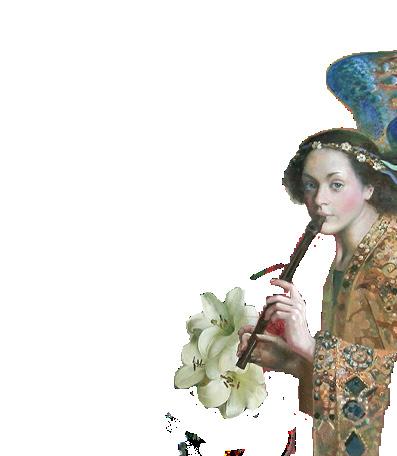
Ukraine has embraced its distinct ethnic, cultural, and linguistic heritage and is working towards liberal democracy. Russia views such a direction as a threat, and so has intervened in Ukrainian affairs over the last decade, culminating in this invasion. What many in the West may not know is that a distinct religious conflict has underscored the shocking developments in the region.
In 2018, the Russian Orthodox Church formally severed all ties with the Ecumenical Patriarch of Constantinople, the head of Eastern Orthodox Christianity, and the heads of several other Orthodox Christian Churches.1 The different Eastern Orthodox Churches function like different Roman Catholic dioceses; the Ecumenical Patriarch serves a ceremonial role akin to the Pope—keep in mind
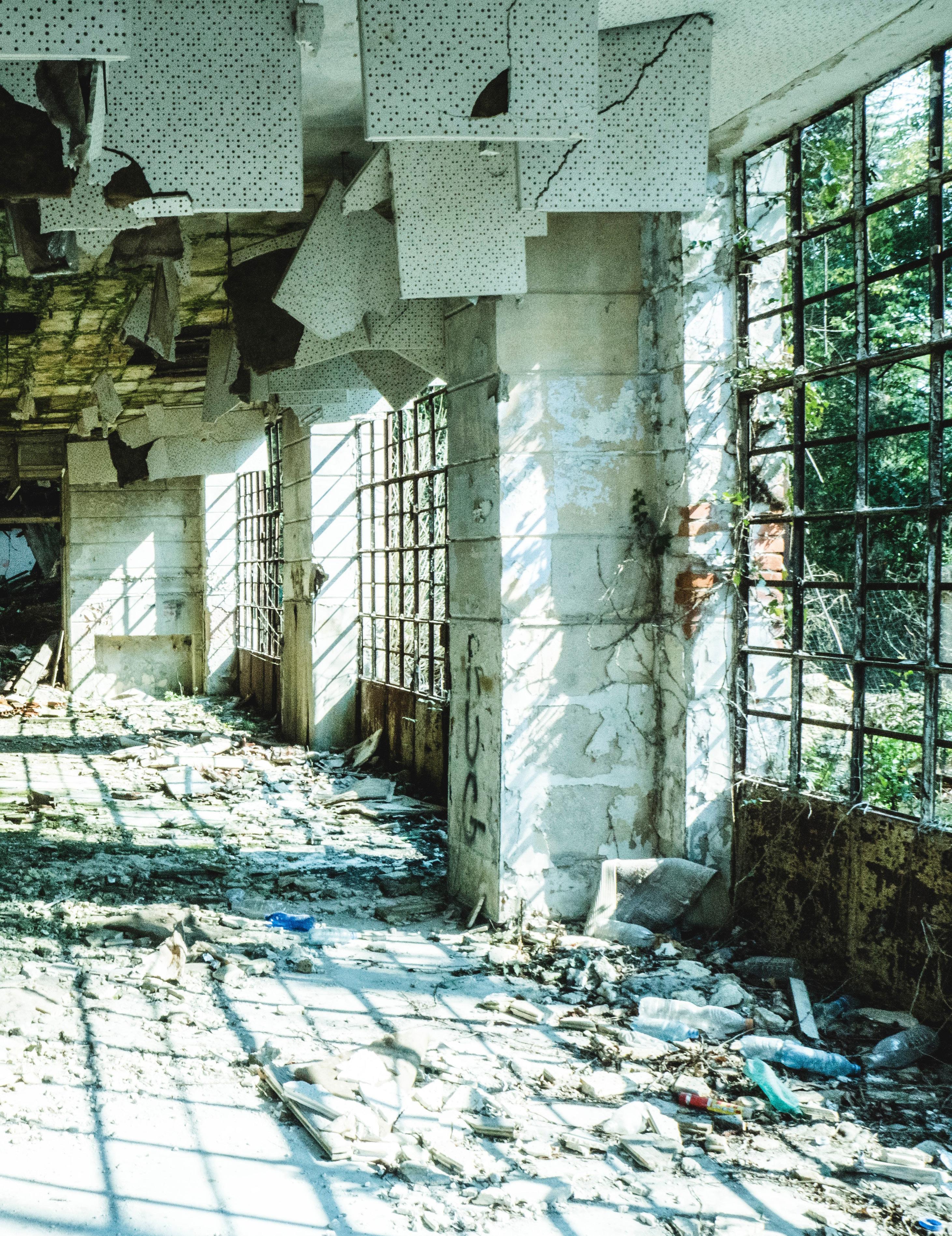
that this is somewhat of a loose analogy. The dramatic actions of the Russian Patriarch followed a synod at which the Ecumenical Patriarch formally approved and recognized the existence of a new, autocephalous, or autonomous, Ukrainian Orthodox Church. The Russian Orthodox Church, which historically presided over affairs in the region of Ukraine, refused to accept the decision of the Patriarch and officially broke from the rest of the Eastern Orthodox Churches. For the Russians in both political and religious spheres, the issue of Ukrainian independence is a question of what constitutes the identity of Russia.
Any research into recent events will reveal how Ukraine spent much of the last thousand years politically and religiously tied to Moscow. After centuries of political submission to the Russian tsars and then the Soviet dictators, Ukraine gained independence in 1991. In the thirty years since, Ukraine has embraced this newfound autonomy and positioned itself closer to the West and away from the Kremlin. With political union dissolved between the two countries, many within the hierarchy of the predominantly Orthodox nation moved to sever religious union. Autocephaly, or recognition of the right of Christians in Ukraine to govern themselves in religious matters on equal footing with the other dozen or so Eastern Orthodox Churches, has been granted to numerous daughter Churches throughout Orthodox history, including the Russian Church. Ukraine possessed such independence until the Moscow Patriarchate annexed the region in 1686. From the perspective of many Ukrainians, autocephaly cements the foundations of their restored nation.2 From the perspective of the Russian Orthodox Church, however, the establishment of a Ukrainian Church not only undermines their historical jurisdiction, but also furthers an artificial separation of Ukraine from Russia after centuries of political and religious union.3 They believe that there should be no distinction between Russian and Ukrainian Christianity. In essence, the position of the Russian Orthodox Church is that the Ukrainian Orthodox Church does not exist, nor should it be allowed to. “Ukraine never had a tradition of
“The position of the statehood” are the words Vladimir PuRussian Orthodox Church tin used just a few is that the Ukrainian days prior to the invasion.4 Putin also Orthodox Church does not stated that, “modern exist, nor should it be Ukraine was entirely created by Russia, allowed to.” more precisely, Bolshevik communist Russia.”5 The shocking denial of Ukraine’s statehood, while certainly propagandic in nature, reflects an understanding that Ukraine does not have the right to be its own separate entity. In matters of church and state, Ukraine does not have the right to exist. There is no Ukraine. The military assault, therefore, is not an invasion, as you cannot invade a country that does not exist. Similarly, the Russian Orthodox Church has not gone into Schism. Instead, the rest of the Orthodox Churches have merely given license to Ukrainian Schismatics. These anti-Russian errors must be corrected. The ancestral lands, the birthplace of the Rus and Russian Christianity, must be retaken. This is a Crusade. In their steady embrace of Western Liberalism, Ukraine
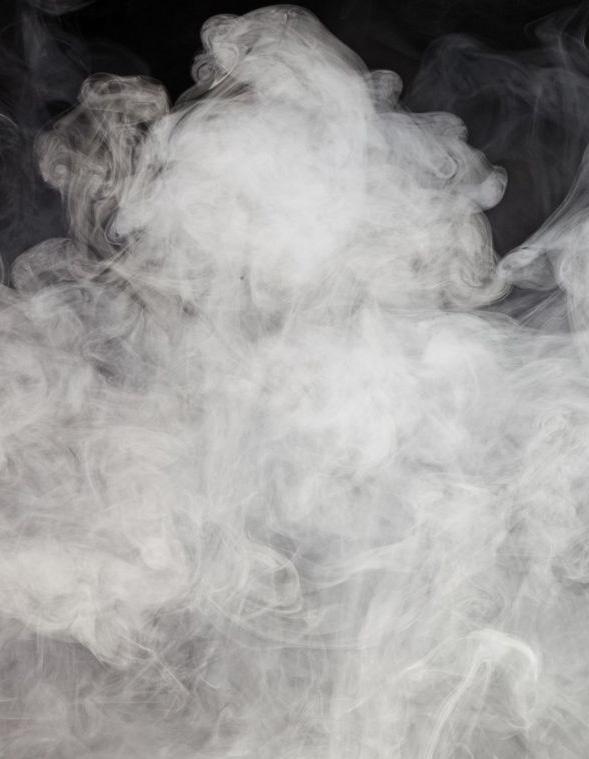
has adopted a form of political heresy. This Holy War, therefore, will liberate Ukraine from the schismatics and heretics that have attempted to divide what should be a united people. This view, genuinely believed by some Russians and conveniently embraced by other Russians, provides the justification for the flagrant disregard for Ukraine’s sovereignty.
But of course, this understanding is grievously mistaken. Kyiv existed as a heart of a mighty kingdom long before Moscow rose to power. Only when Kyiv lay a smoldering ruin, and the Patriarch was forced to flee northward, did the modern notion of Russia begin to take shape. Furthermore, Russia itself was also moving towards Western democracy, but many of the governmental reforms have been repealed or undermined by Putin.6 Now the Russian state and the Russian Church have reinterpreted history in favor of a more useful narrative, ignoring the distinct histories and identities of Kyiv and Moscow.
Just four years ago, Russia proved itself willing to deny religious independence for Ukraine. It is unsurprising, therefore, that the elites pushing the same narrative would be willing to deny Ukraine’s political statehood. If there is no church and there is no state, then there is no Ukraine. There is only Russia, who thinks that the lost sheep must be returned to the fold. With such a justification, there can be no limit to the actions taken. So as the West ponders how Russia could permit itself such acts of violence, it should remember that amidst the lies and petty justifications sits the oldest friend of bloodshed: the name of God.
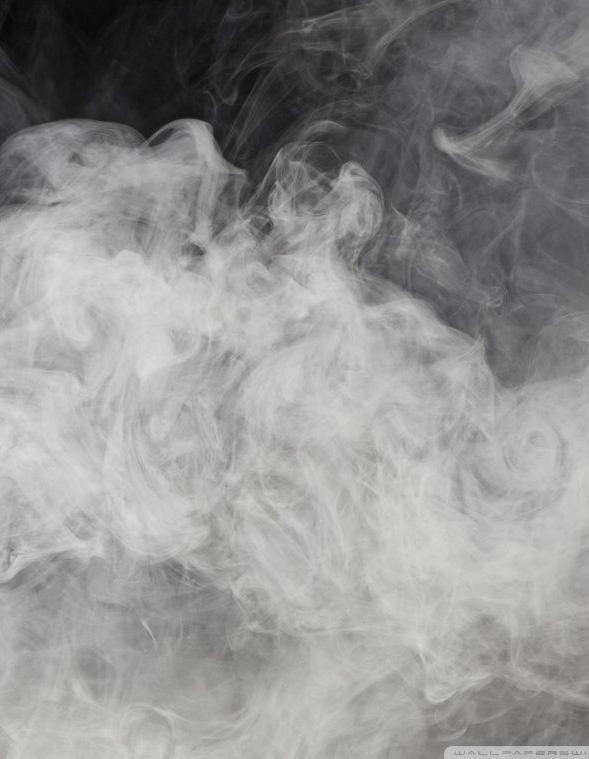
See endnotes on back cover.
